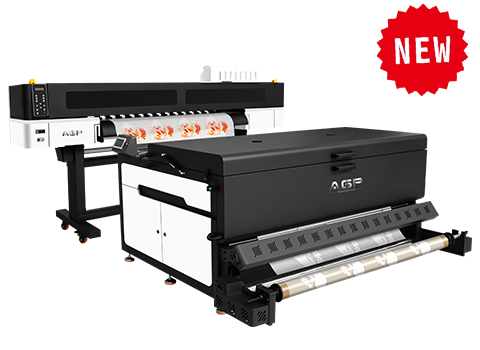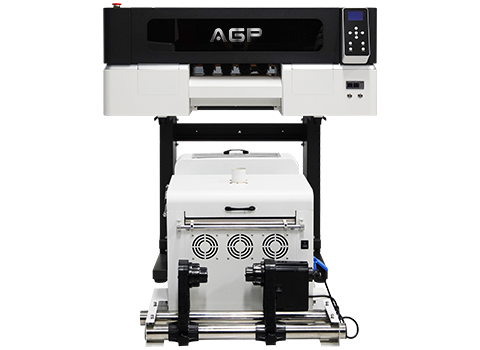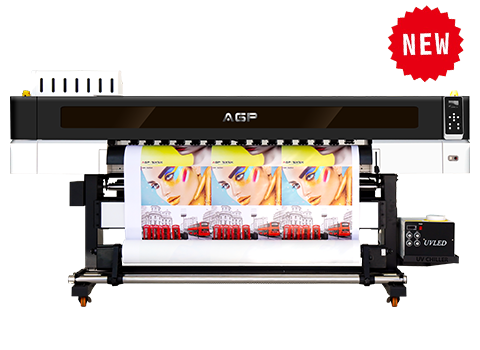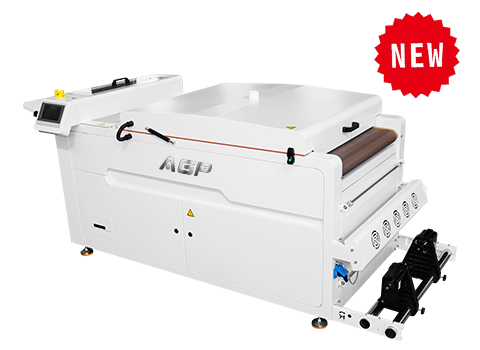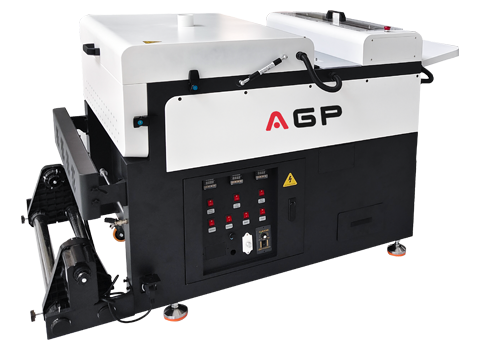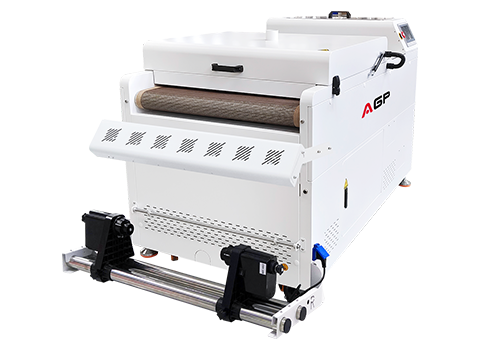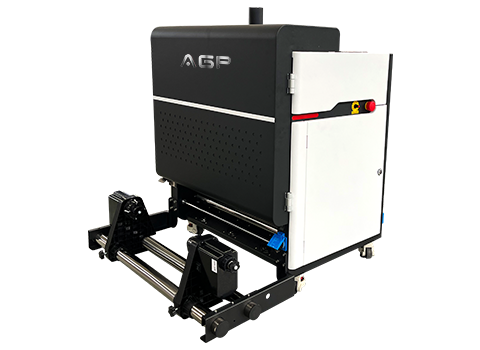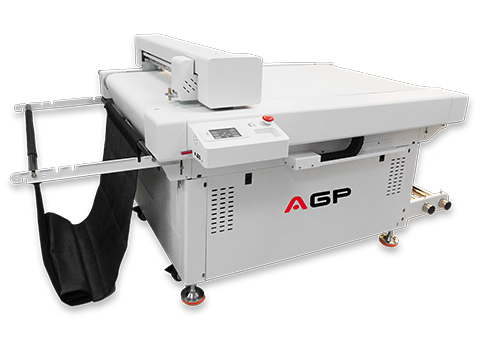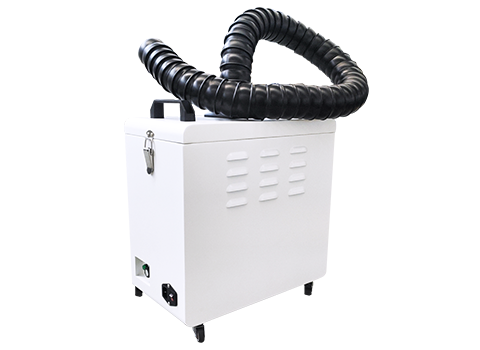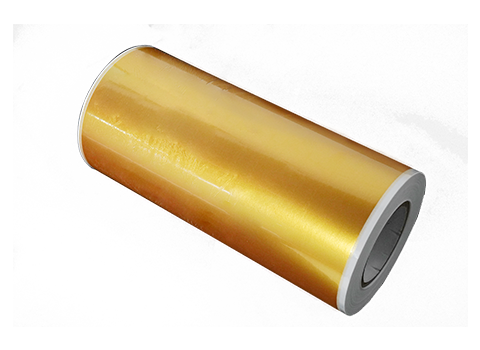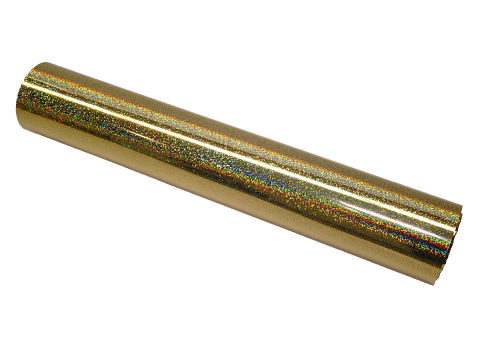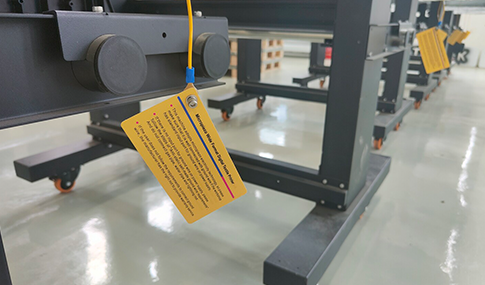Eco-Solvent vs. UV Printing: Which One is Better?

With the development of printing technology, Eco-Solvent and UV printers have been widely used in many industries such as advertising and indoor and outdoor decoration. Both technologies have their own advantages and disadvantages and are suitable for different scenes and materials. So, which technology is more suitable for your needs? Let's compare Eco-Solvent and UV printing technologies from multiple angles to help you make an informed choice.
What is Eco-Solvent printing?
Eco-Solvent printers were originally designed as a replacement for traditional solvent-based inkjet printers. They use environmentally friendly Eco-Solvent inks. Compared with traditional solvent-based inks, this ink does not contain harmful volatile organic compounds (VOCs) and is more suitable for indoor use. Eco-Solvent printers are often used in scenes that require fine and colorful scenes such as shopping mall light boxes and exhibition displays, hence the name "photo printer". These printers are characterized by high precision and can print delicate images similar to photos.
However, Eco-Solvent inks are not as weather-resistant as UV printing and require post-lamination treatment to enhance their resistance to UV rays, wind and rain, and wear and tear.
What is UV printing?
UV printing technology is known as the "universal printer" because of its versatility. It uses UV ink and can print on almost any material, including hard materials such as glass, metal, tiles, and even leather and non-woven fabrics. UV printing has excellent weather resistance and instant drying properties, so no subsequent processing is required, which makes it popular in applications such as outdoor advertising, signs, medals, etc.
In addition, UV printers can not only achieve high-precision flat printing, but also print concave and convex textures with embossed effects, adding an extra sense of layering to the work.
The main differences between Eco-Solvent and UV printing
1) Printing accuracy
Eco-Solvent printers are known for their high precision and are particularly suitable for scenes that are viewed at close range, such as shopping mall light boxes and picture albums. This type of printer can provide colorful and fine output, so it has a place in indoor advertising that needs to show exquisite details.
Although UV printers have good accuracy, due to their wide application scenarios, they are usually used for outdoor advertising that is viewed from a distance, so they are not as good as Eco-Solvent when printing high-precision images.
2) Weather resistance
The weather resistance of UV printing is significantly better than that of Eco-Solvent printing. After curing, UV ink forms a solid coating with excellent UV resistance, water resistance, and abrasion resistance, which is suitable for outdoor advertising and signs exposed to harsh environments for a long time. Eco-Solvent ink has relatively weak weather resistance because its performance is between ink and water-based ink, so it needs to be laminated to extend its service life.
3) Application materials
Eco-Solvent printers are mainly used for flexible materials such as photo paper, self-adhesive PP paper, PVC materials, etc., suitable for making advertising materials such as car stickers and light boxes.
UV printers have almost no restrictions on materials and can print on hard materials such as glass, tiles, and metals, which makes UV printing shine in advertising, decoration, medals and even industrial applications.
4) Environmental protection
One of the main selling points of Eco-Solvent printers is environmental protection. Compared with traditional solvent-based inks, Eco-Solvent inks have almost no volatile organic compound emissions, so they are more suitable for indoor use and safer for the environment and operators.
Although UV printing does not have VOC emission problems, its curing process requires a lot of energy, and UV ink contains a certain amount of chemical components, so it is not as environmentally friendly as Eco-Solvent.
5) Printing speed and cost
The printing speed of Eco-Solvent printers is moderate, which is suitable for application scenarios with fast advertising updates and high precision requirements. UV printers are faster, and because the ink is dry, it saves time for post-processing, so it is more suitable for mass production and efficient output.
In terms of cost, the equipment and ink costs of Eco-Solvent printers are relatively low, especially suitable for projects that require short-term use or have limited budgets. Although UV printing equipment has a high initial investment, its wide range of applications and the advantage of eliminating post-processing make it more economical in long-term use.
Which printing technology is more suitable for you?
Choosing Eco-Solvent or UV printing depends on your specific needs and application scenarios. If you need high-precision, colorful close-up displays, such as shopping mall light boxes, display boards, etc., Eco-Solvent printers are an ideal choice. If you need advertisements or signs for long-term outdoor use, especially printing on various hard materials, UV printing is a better choice.
Conclusion
Eco-Solvent and UV printing each have their own advantages, and it is difficult to simply say which one is better. Eco-Solvent printers are suitable for indoor advertising and short-term display projects due to their high precision and environmental protection. UV printers shine in outdoor advertising and industrial fields due to their versatility and weather resistance. Choosing the right printing technology requires comprehensive consideration based on your specific project needs, budget, and usage environment.
No matter which printing technology you choose, understanding their characteristics and application scenarios will help you make a more informed decision.

